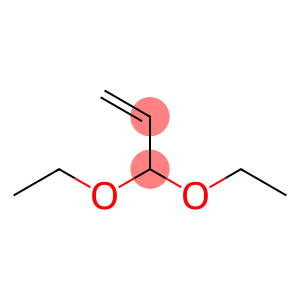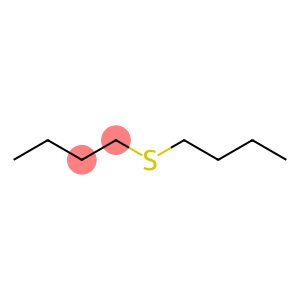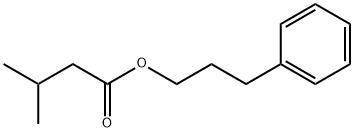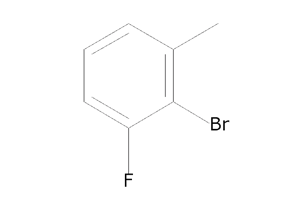3,3-diethoxypropene(CAS#3054-95-3)
| Risk Codes | R11 – Highly Flammable R36 – Irritating to the eyes |
| Safety Description | S9 – Keep container in a well-ventilated place. S16 – Keep away from sources of ignition. S26 – In case of contact with eyes, rinse immediately with plenty of water and seek medical advice. S33 – Take precautionary measures against static discharges. S29 – Do not empty into drains. S7/9 - |
| UN IDs | UN 2374 3/PG 2 |
| WGK Germany | 3 |
| RTECS | AS1370000 |
| FLUKA BRAND F CODES | 8-13 |
| HS Code | 29110000 |
| Hazard Class | 3 |
| Packing Group | III |
Introduction
Acrolein diethanol. It has the following properties:Appearance: Acrolein diethanol is a colorless to light yellow liquid.Solubility: Acrolein diethanol is soluble in water and common organic solvents such as ethanol and ester solvents.Chemical properties: It is an active compound that can undergo chemical reactions such as polycondensation and addition.The main uses of acrolein diethanol are as follows:Functional monomer: as one of the raw materials for synthetic polymers, it is used to produce polymer materials such as polyether, polyurethane, and polyester.Solvent: Can be used as a solvent for oil-based pigments and resins.The preparation method of acrolein diethanol is mainly obtained by the reaction of acrolein and ethylene glycol, and the specific steps are as follows:Acrolein and ethylene glycol are mixed in a molar ratio.At the appropriate reaction temperature and pressure, an acid catalyst or metal catalyst is added.A reaction is carried out to generate acrolein diethanol.After the reaction, the product is obtained through extraction, distillation and other separation and purification steps.Avoid inhalation: Avoid inhaling vapors or mist when operating as they may have an irritating effect on the respiratory system.Avoid contact with skin and eyes: Avoid prolonged or repeated contact with skin and eyes during use, and rinse immediately with plenty of water if contacted.Storage and Handling: When storing, it should be kept tightly sealed and kept in a cool, well-ventilated place. Waste disposal is subject to local environmental regulations.Personal protective equipment (PPE) such as laboratory gloves and goggles should be worn when using.








